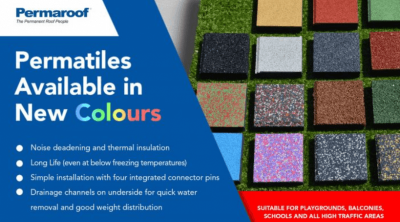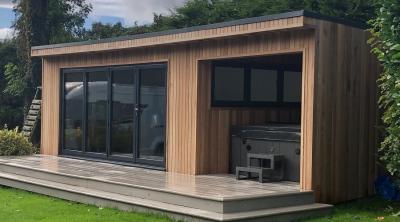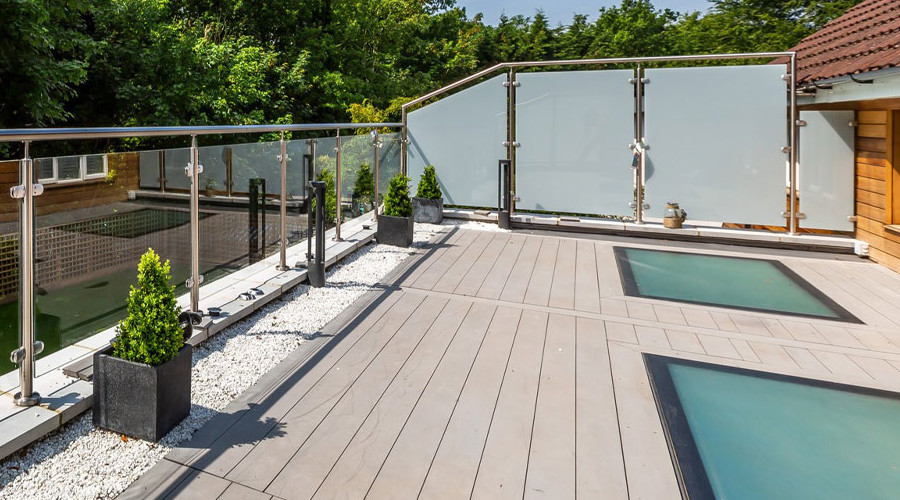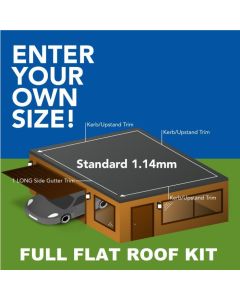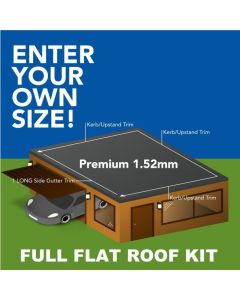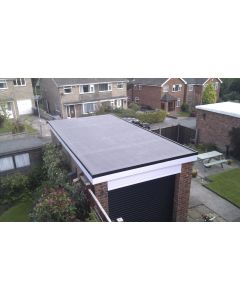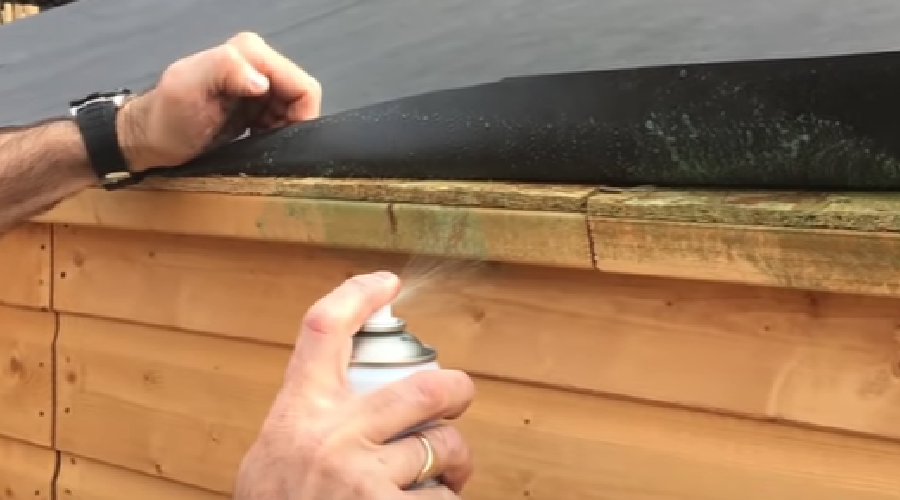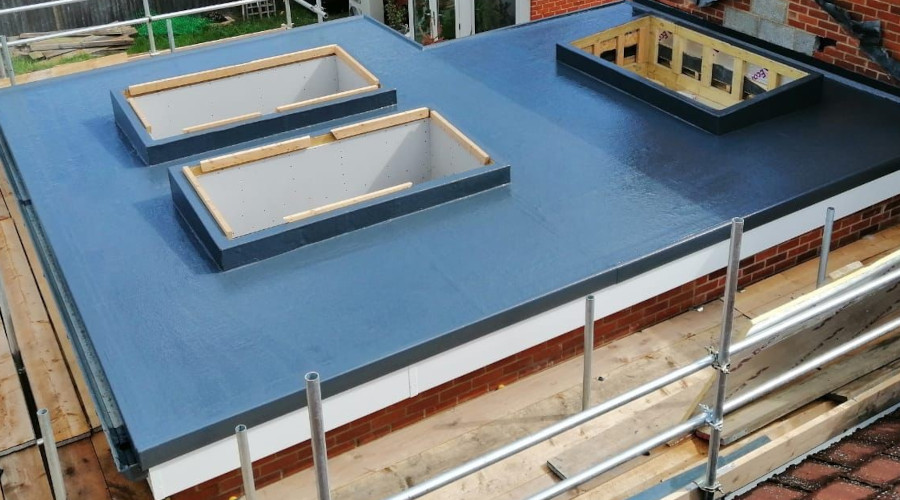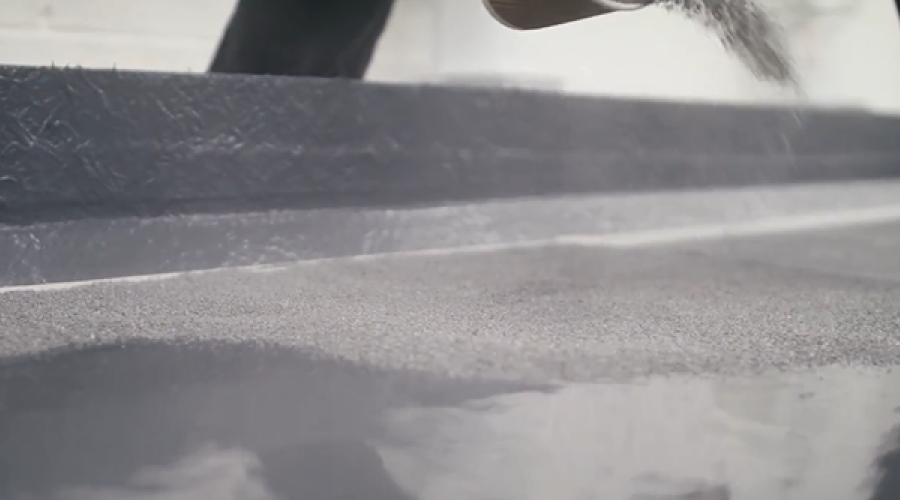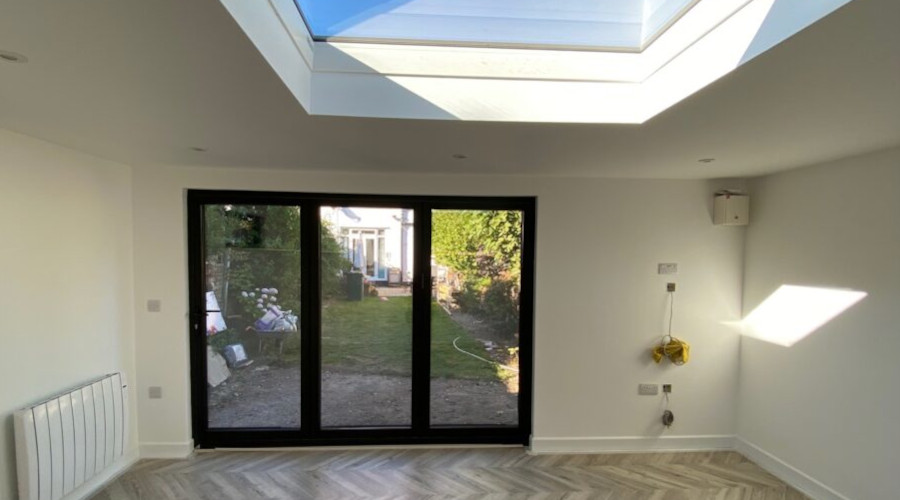Choosing a Garage Roof
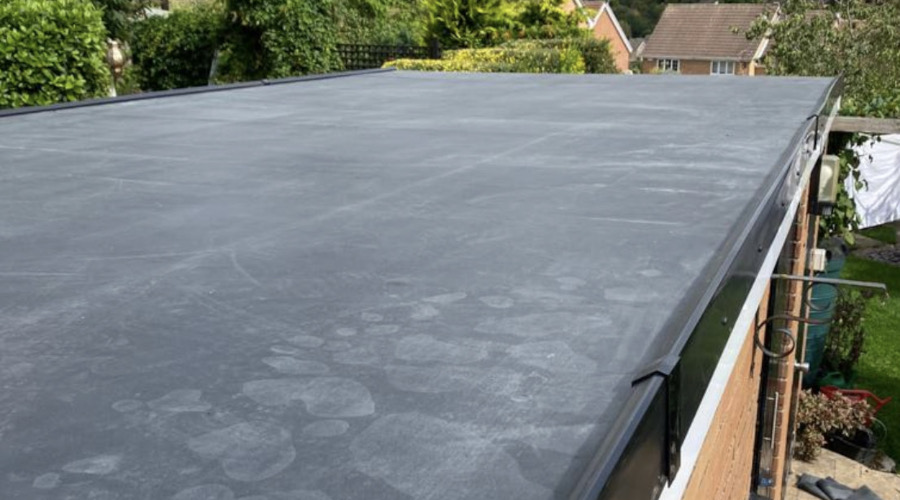
When it comes to choosing a garage roof, there is a fair choice of materials on the market today. Finding a suitable roof covering doesn’t have to be difficult, but there are a range of factors to consider, such as roofing type, intended use and the long-term performance requirements, to name a few.
Whether you’re replacing the garage roof because of damage or are changing the use and need a more reliable approach, we’re here to help with expert advice and a range of free resources. Let’s look at where you should start planning your new garage roof.
It’s all in the planning – location and usage
Planning your garage roof replacement is an absolute must. Sit and think about what you need in terms of performance and consider the basics first:
The location and situation of your garage will influence your decision about the type of materials you choose. Plot the direction your garage faces and the shade it sits in from other buildings and trees. Remember that south-facing garages with no shade, for instance, can potentially become hot inside during the summer and so may need additional work within the roofing to provide insulation.
In terms of usage, converting a garage to a garden office will require a roof covering that is durable and highly reliable if you’re to be installing office and other electrical equipment. Condensation will need to be negligible and insulation against frost and water will be needed to protect the contents.
If you’re keeping the garage for storing flammable materials, such as paint, gas, oils or other fuels, the roof will also need to be fire retardant.
Appearance and aesthetics
If appearance matters to you, think carefully about the materials, particularly if you have an attached garage or one visible from the street. Choosing a plain membrane is a good option if you don’t want to spend additional budget on tiling to match the roof of your house. Often, garages have a flat roof and tiling isn’t a viable option.
Bear in mind that you should ensure the materials you choose have good availability if you’re planning future works on your home and appearance is important.
Aside from slates, most garage roofing materials are available in a range of colours, styles and textures to suit your taste. Rubber and EPDM membranes are commonly available in dark grey or black and give a neat, professional finish, especially when combined with an edge trim system.
Environmental considerations
More and more, homeowners are considering the environmental impact of the materials they select for home improvements. Think about longevity of the options you have and the cost implications – for instance, a cheaper choice may have a shorter lifespan, so long term there will be more materials and more wastage in landfill.
Ask your installer or supplier about the environmental impact of the garage roofing materials you are considering and discuss the options if you’re concerned about keeping sustainability at the forefront of your decision making. This could include enquiring about their wastage policy or the viability of the materials for recycling. Slate, for example, is a finite material, where EPDM is fully recyclable with a 50-year service life expectancy.
Longevity and cost vs. value
Longevity is an extremely important factor for garage roofing. Mostly of brick or concrete construction, garages are long-term buildings, traditionally. To buy a flat roofing material that you may use for a building with a shorter lifespan, such as a shed, will not be a cost efficient choice for the long term.
It is widely accepted that traditional garage roofing, such as felt, is likely to need replacement around every 6-10 years – fibreglass could last for 20-30 years, GRP for more than 40 and EPDM membrane has a service life expectancy of over 50-years. This is based on correct preparation, installation and maintenance, although EPDM, once correctly installed, requires little or no maintenance beyond twice-yearly visual inspection.
Installing your new garage roof
If you’re planning on installing yourself, installation technique is an important consideration when choosing a garage roof.
Many types of roofing systems will require professional installation and you’ll need to engage a specialist to undertake these works. Get a range of quotations and do not be afraid to ask to see testimonials from other clients before you make your final decision. It is always a good idea to ask for recommendations, perhaps within a local social media group, family and friends.
PermaRoof UK can connect you with recommended local flat roof specialists for free via our National Installer Network. Find out more on our corporate website here.
Systems such as EPDM offer a simple approach and one we’d recommend for a competent and confident DIYer. You can buy off-the-shelf garage roof kits in standard sizes, and these include everything you need – EPDM membrane, adhesives, edge trim and sealant. We can also build a custom kit to your own specifications.
Browse our range of garage roof kits here.
We also provide a range of installation guides for your EPDM garage roof, including free PDF downloads and video tutorials. We’re also on hand throughout the working week to offer advice about any aspect of ordering and installation.
Fast, straightforward to apply, high performance and a long-lasting approach, EPDM rubber roofing is the ideal choice for garage roofing, regardless of size, location and planned usage. Talk to us if you need any help or would like to chat your project through on 01773 441 947 or use the live chat for a quick query.
This is an updated version of one of our most popular blog posts. Read the original article here.



